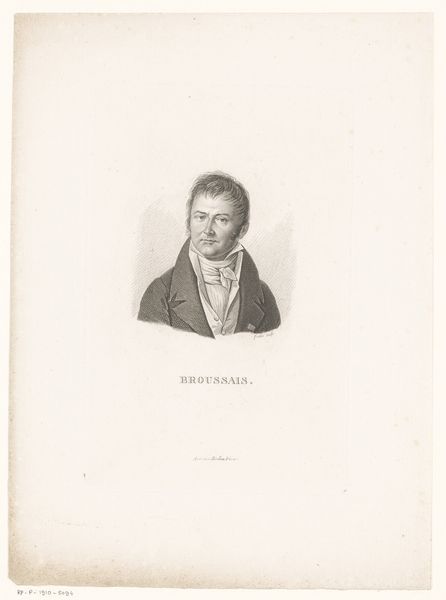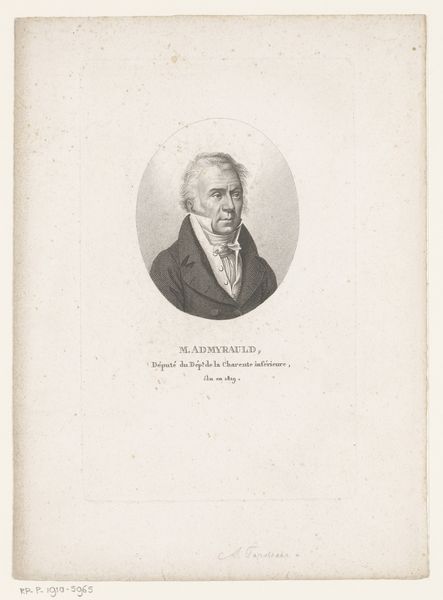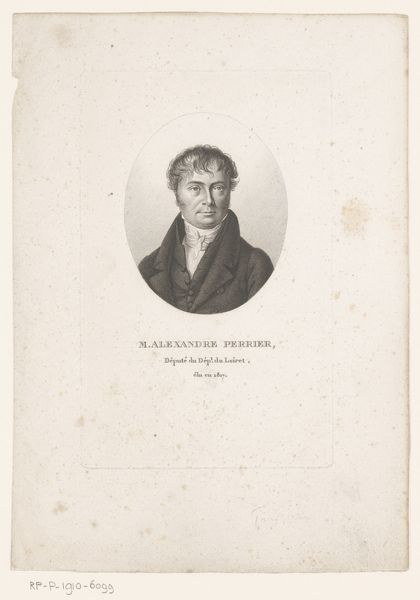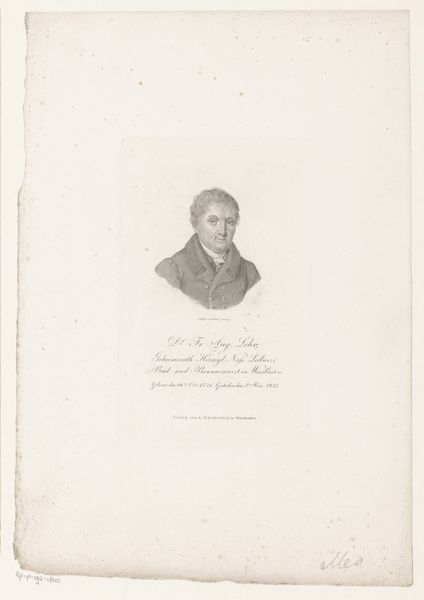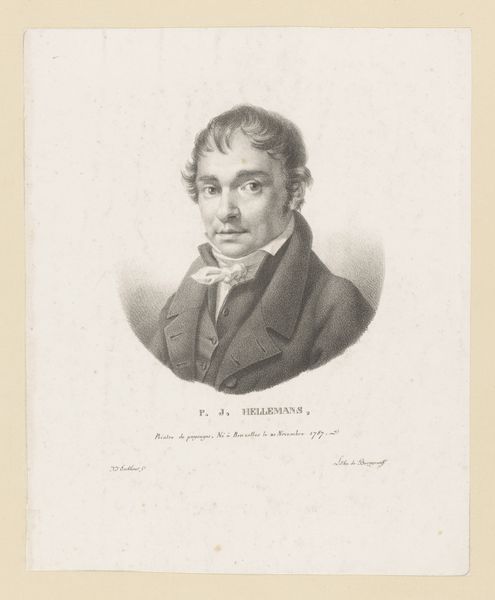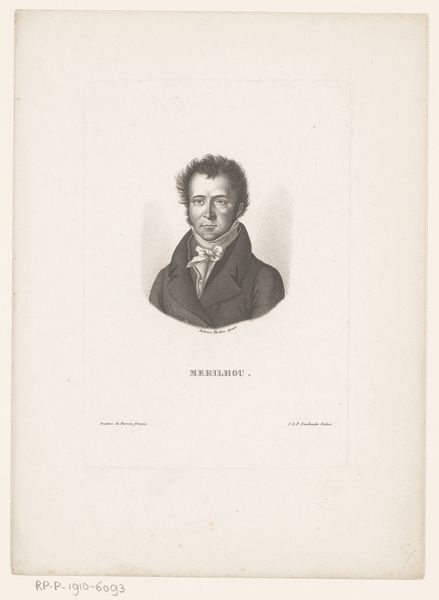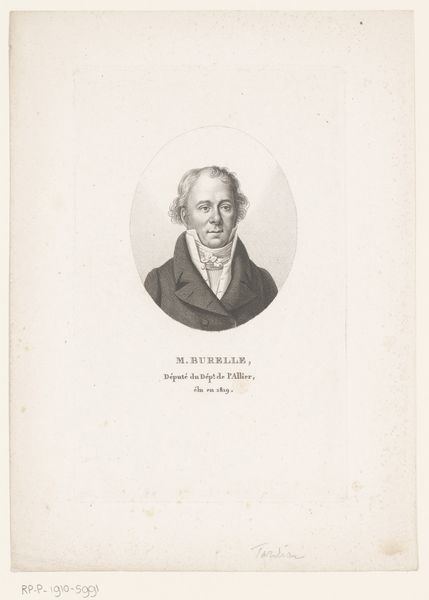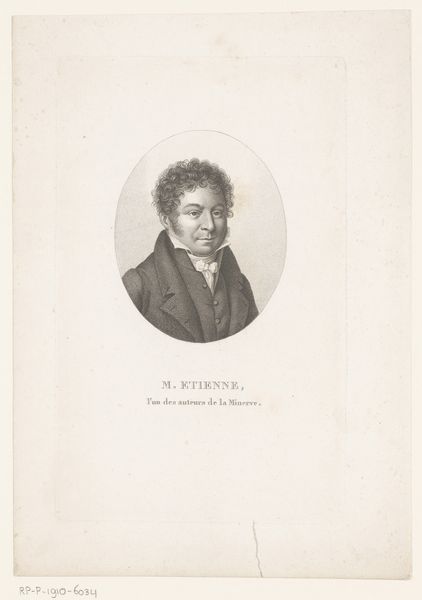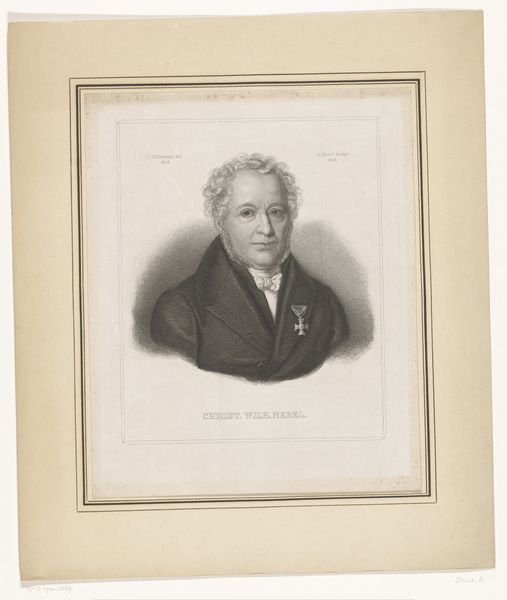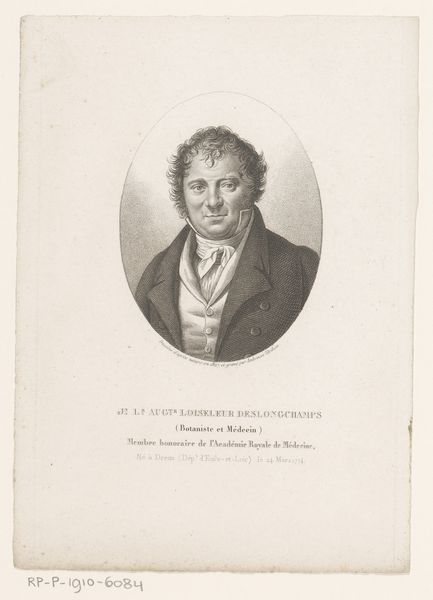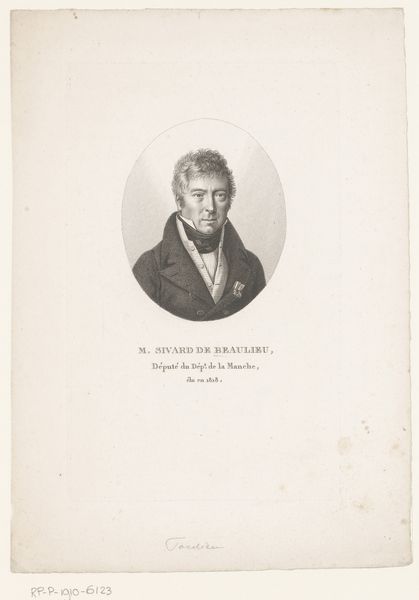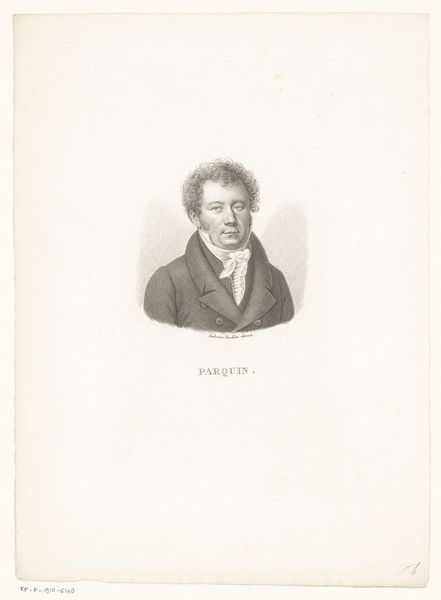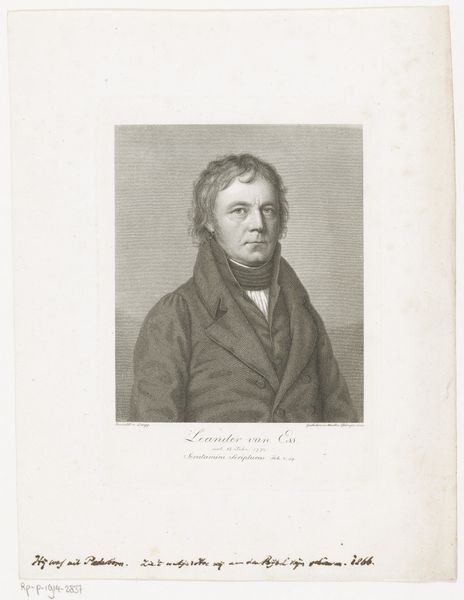
print, engraving
#
portrait
#
neoclassicism
# print
#
engraving
#
realism
Dimensions: height 219 mm, width 132 mm
Copyright: Rijks Museum: Open Domain
Curator: Here we have Ambroise Tardieu’s "Portret van Etienne Nicolas Philibert Hernoux," dating from around 1820-1821. The print utilizes the engraving technique to depict Hernoux. Editor: The crispness is striking, but I keep thinking about the plate itself. What kind of metal, the tools used—the incredible hand-eye coordination! There’s a tangible labor in the density of the lines forming those curls. Curator: Absolutely, engraving was a highly skilled craft and, importantly, this portrait speaks to the democratization of imagery in post-Revolutionary France. Engravings like these made portraits accessible beyond the wealthy elite. This man, Hernoux, was a deputy—the printed image connects him to the public. Editor: See, it's not just about representation, but accessibility and its roots. That shift in power—moving from painted portraits exclusively for aristocracy to a printed image for the masses—shows how changes in material production shaped consumption and social relationships. I am so curious about the material circumstances around these portrait prints! Curator: The lines feel so Neoclassical and calculated, which connects with his public standing and image control at this specific political juncture in French history. He’s not a king, but still… Editor: Well, while those clean lines reflect Neoclassical style, it doesn’t conceal that material base: you can practically *feel* the incised lines, the pressure of the burin. Curator: Point taken. It’s fascinating how an object can reflect social change while being shaped by older, ingrained traditions. Editor: Exactly. Recognizing that physicality and embedded social meaning makes engaging with pieces like these rewarding. Curator: Indeed. Considering the confluence of technique, access, and image helps unpack the layers in what might otherwise appear to be a standard portrait. Editor: For sure. There’s always something new revealed by looking closer at how something is materially made, and it matters.
Comments
No comments
Be the first to comment and join the conversation on the ultimate creative platform.
